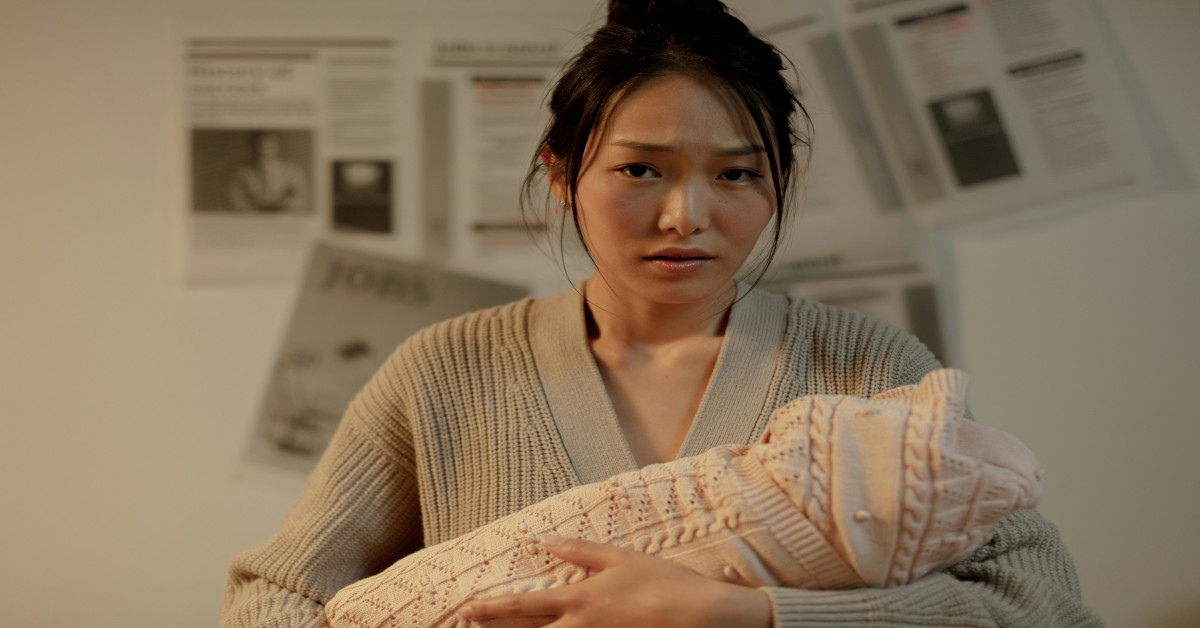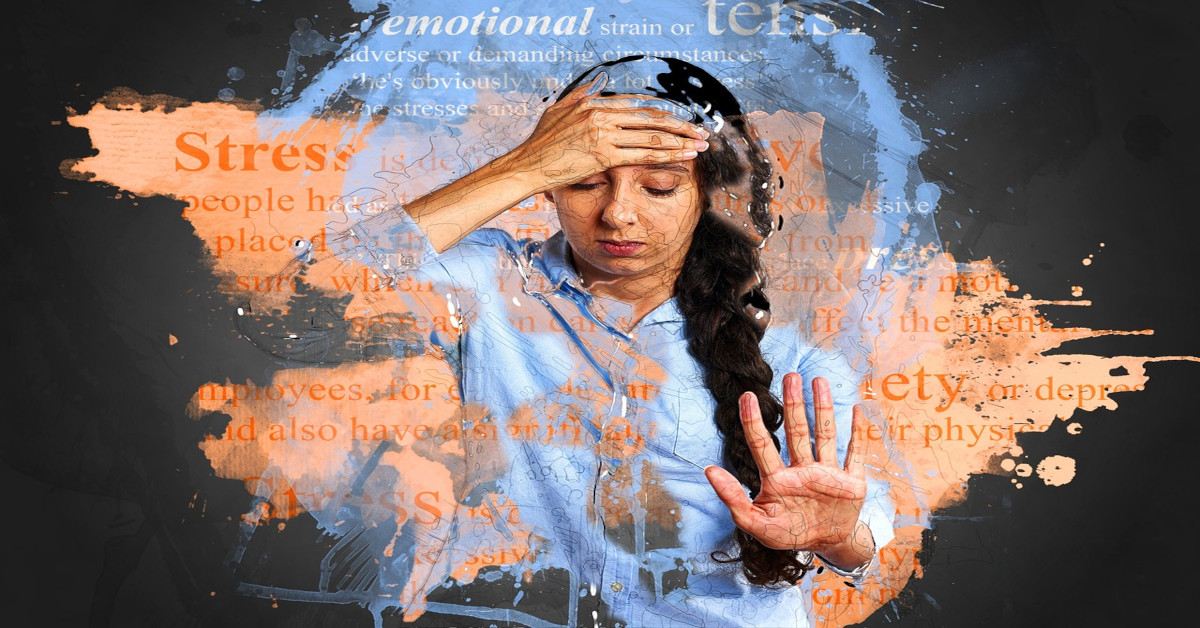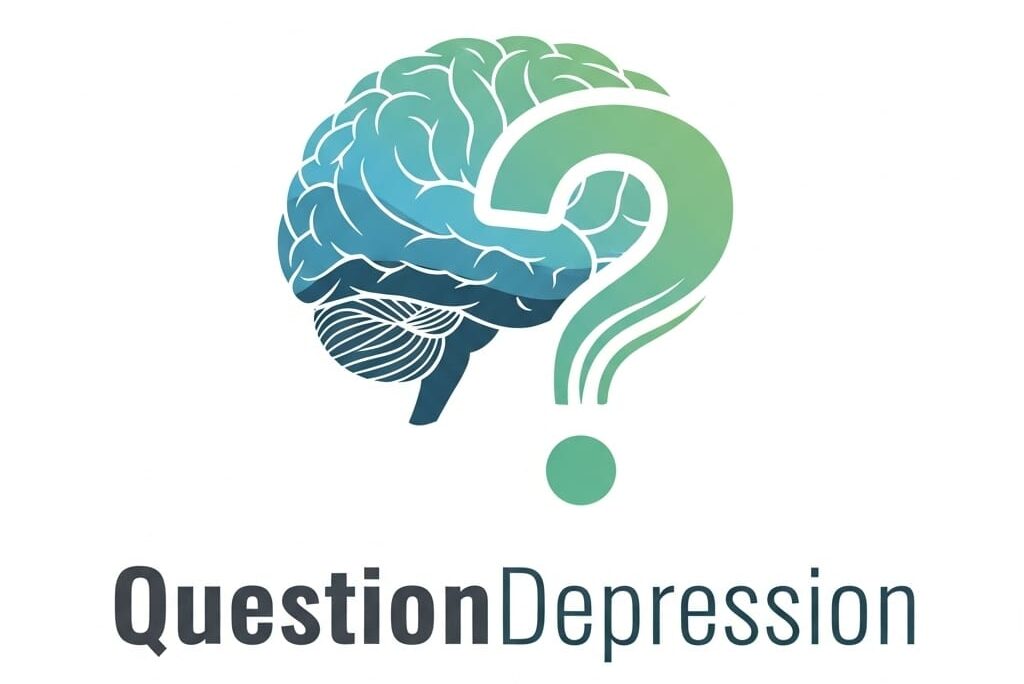What is major depressive disorder (MDD)?
Major depressive disorder (MDD), commonly known as clinical depression, is a mental health condition described by constant sadness, hopelessness, and a loss of interest in daily activities.
It influences mood, behavior, and physical functions, such as sleep and appetite.
Symptoms must persist for at least two weeks and significantly interfere with daily life to be diagnosed with MDD.
The exact cause of MDD is multifactorial and involves:
- Biological factors (genetics, brain chemistry imbalances, hormonal changes).
- Psychological factors (trauma, chronic stress, personality traits).
- Environmental factors (abuse, big life changes, financial stress).
Types of major depressive disorder
There are several subtypes of MDD, with each having its distinct symptoms:

-
- Severe loss of pleasure in activities.
-
- Intense guilt and worthlessness.
-
- Early morning awakening and worse symptoms in the morning.
-
- Attitude temporarily improves in response to positive events.
-
- Increased appetite and weight gain.
-
- Hypersomnia (excessive sleep).
-
- Heavy, leaden feelings in the arms or legs.
-
- Sensitivity to rejection.
-
- Presence of delusions (false beliefs) or hallucinations (seeing/hearing things that aren’t there).
-
- Often related to themes of guilt, worthlessness, or paranoia.
-
- Depressive signs that occur during specific seasons, usually winter.
-
- Related to lack of sunlight and disturbances in circadian rhythms.
-
- Chronic, long-lasting depression lasting two years or more.
-
- Symptoms may be milder than major depression but still substantially impact daily life.

-
- Happens during pregnancy or after childbirth.
-
- Harsher than “baby blues” and can affect bonding with the baby.
-
- Linked to hormonal changes and the stress of motherhood.
-
- A serious form of PMS (premenstrual syndrome).
-
- Symptoms occur in the week before menstruation and resolve shortly after.
-
- Includes extreme mood swings, irritability, and depression.
-
- A form of depression that does not respond to standard treatments like antidepressants or therapy.
-
- May require alternative treatments such as electroconvulsive therapy (ECT), ketamine therapy, or transcranial magnetic stimulation (TMS).
While these are the most common, there are a few additional variations that some experts recognize within the category of MDD:
Additional types of major depressive disorder (MDD)
-
- A rare but dangerous subtype of MDD.
-
- Characterized by motor disturbances, such as immobility, excessive movement (agitation), or unusual postures.
-
- May also include mutism (lack of speech) and resistance to movement.
-
- Often requires hospitalization and intensive treatment.
-
- A combination of persistent depressive disorder (dysthymia) and major depressive episodes.
-
- Individuals experience long-term, low-grade depression (dysthymia) with intermittent severe depressive episodes.
-
- Often harder to treat due to its chronic nature.

-
- A form of MDD where anxiety symptoms are a prominent feature.
-
- Includes extreme worry, restlessness, and fear of losing control.
-
- Patients with this subtype are at higher risk of suicide and may respond differently to treatment.
-
- Previously mentioned as postpartum depression, but it also includes depression during pregnancy (antenatal depression).
-
- Symptoms can begin before birth and continue after delivery.
-
- May include psychotic features (peripartum psychosis) in grave cases.
Other variations of depressive disorders (such as bipolar depression) do not fall under MDD specifically, so they are not included.
Final thoughts
Major depressive disorder is a serious mental health condition that requires professional intervention to resolve.
Fortunately, effective treatments such as medication, therapy, and lifestyle changes can greatly help many individuals manage their symptoms.
Join our forum and Facebook
Please consider joining our forum and Facebook if you enjoyed reading this and would like to chat with like-minded peers about anything depression related.
It would certainly go a long way toward making my dream of creating a thriving, supportive community a reality!

